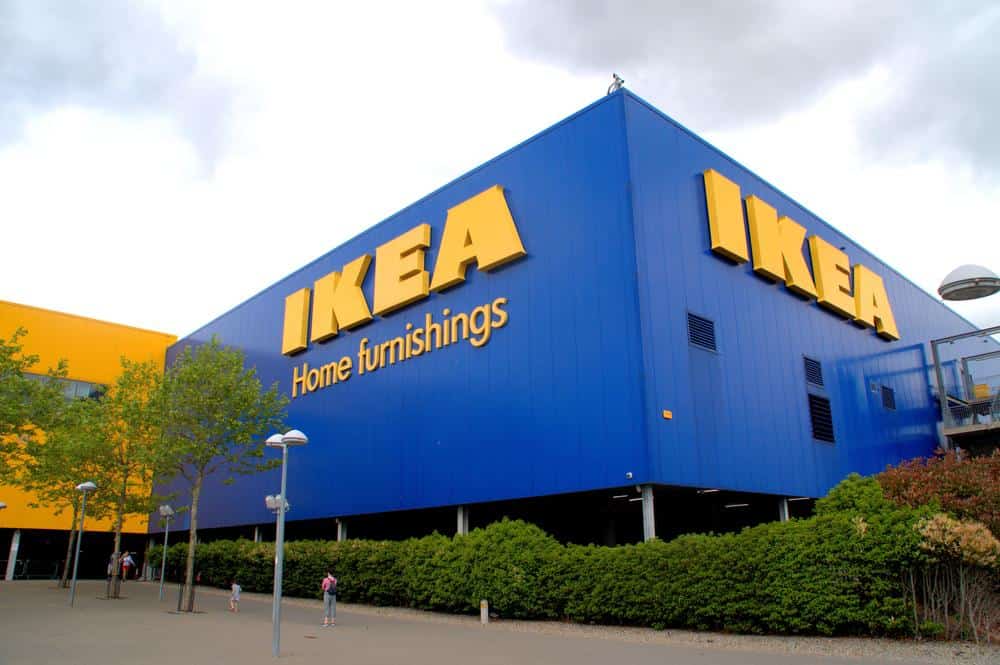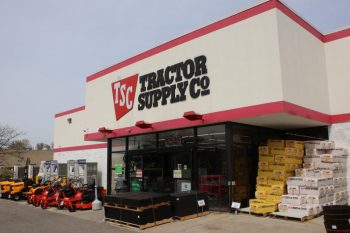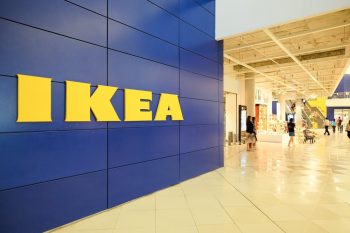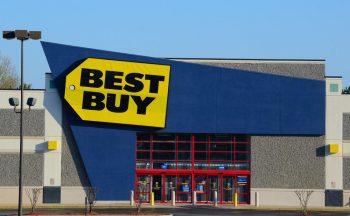
IKEA, a multinational conglomerate known for its ready-to-assemble furniture and home accessories, primarily operates in the furniture and home furnishings retail industry. Founded in Sweden in 1943 by Ingvar Kamprad, IKEA has grown to become the world’s largest furniture retailer since 2008, with more than 422 stores in over 50 markets as of 2021.
IKEA primarily operates in the furniture and home furnishings retail industry. Known for its ready-to-assemble furniture and home accessories, IKEA is the world’s largest furniture retailer. However, its industry involvement extends beyond furniture retail to include sustainable furniture, franchising, food services, and home appliances.
IKEA’s Unique Business Model
Unlike traditional furniture retailers, IKEA’s business model revolves around a do-it-yourself approach. The company specializes in selling low-priced goods, often in the form of compact “flat-pack” kits for in-home assembly by the customer. This model not only reduces shipping and storage costs but also allows customers to take home their purchases immediately rather than waiting for delivery.
IKEA’s unique business model also involves a strong focus on cost-effective design, sustainability, and customer involvement. For instance, the company’s commitment to sustainability is reflected in its efforts to use renewable and recycled materials. IKEA’s approach to design emphasizes functionality and affordability, ensuring that its products appeal to a broad range of consumers.
IKEA’s Industry Involvement: Beyond Furniture Retail
Beyond its primary focus on furniture retail, IKEA is also involved in several sub-industries and secondary markets. These include:
- Sustainable furniture: Through its Buy Back & Resell program, IKEA encourages customers to sell their used IKEA furniture back to the company, promoting sustainability and affordability.
- Franchising: IKEA operates a franchise system, allowing it to expand its business internationally while maintaining the consistency of the IKEA Concept.
- Food services: IKEA is one of the world’s largest food providers, offering a range of Swedish food products and dishes in its in-store restaurants and food markets.
- Home appliances: In addition to furniture, IKEA produces and distributes a variety of household appliances.
Influence of Swedish Culture
IKEA’s Swedish roots have significantly influenced its industry involvement. The company’s corporate culture reflects the hard-working, down-to-earth nature of its Småland origins. This cultural influence extends to IKEA’s product range, which is characterized by functional, well-designed, and affordable home furnishing products that align with the Swedish concept of “lagom” (just enough).
Market Trends and IKEA’s Response
Key market trends in IKEA’s industry include the shift towards e-commerce, changing consumer preferences, and the focus on sustainability. IKEA has responded to these trends by investing in its e-commerce capabilities, adapting its product range to meet changing consumer needs, and enhancing its focus on sustainability.
Challenges and Opportunities
IKEA faces challenges such as supply chain disruptions, global expansion, competition, and the need for technological innovation. However, the company also has significant opportunities for growth, including further expansion into developing economies, targeting upper-class consumers, and investing in digital and omnichannel strategies.
In conclusion, while IKEA operates primarily in the furniture and home furnishings retail industry, its influence extends far beyond this. The company’s unique business model, Swedish cultural influence, and response to market trends make it a major player not just in furniture retail, but in the wider retail industry as a whole.
Frequently Asked Questions
What is IKEA’s Buy Back & Resell program?
IKEA’s Buy Back & Resell program is an initiative where customers can sell their used IKEA furniture back to the company. The program is part of IKEA’s sustainability efforts, aiming to extend the lifespan of its products and reduce waste.
What does the term “lagom” mean in IKEA’s context?
In IKEA’s context, the Swedish concept “lagom” means just enough, or the right amount. This philosophy is reflected in IKEA’s product design, aiming to create functional, well-designed, and affordable home furnishing products without excess.
What is the IKEA Concept?
The IKEA Concept is the core idea behind IKEA’s business model. It involves offering a wide range of well-designed, functional home furnishing products at affordable prices so that as many people as possible can afford them.
What are some ways IKEA is enhancing its focus on sustainability?
IKEA is enhancing its focus on sustainability through initiatives like its Buy Back & Resell program, using renewable and recycled materials in its products, and serving sustainably-sourced food in its restaurants.
How is IKEA adapting to the shift towards e-commerce?
IKEA is adapting to the shift towards e-commerce by investing in its online shopping platform, offering online order and home delivery services, and developing digital solutions to enhance the online shopping experience.











